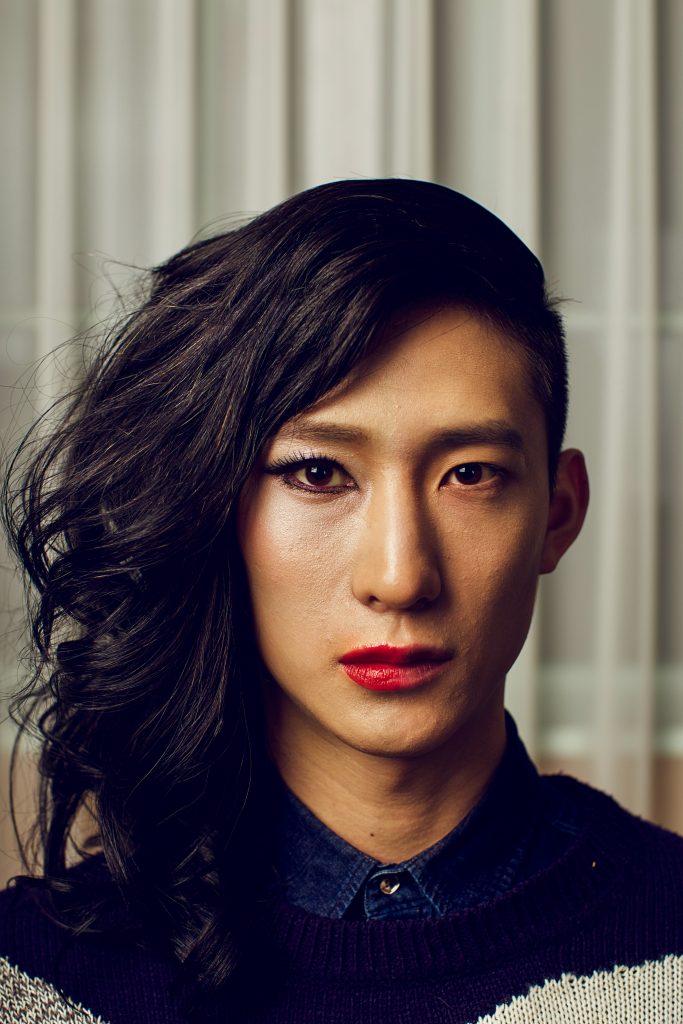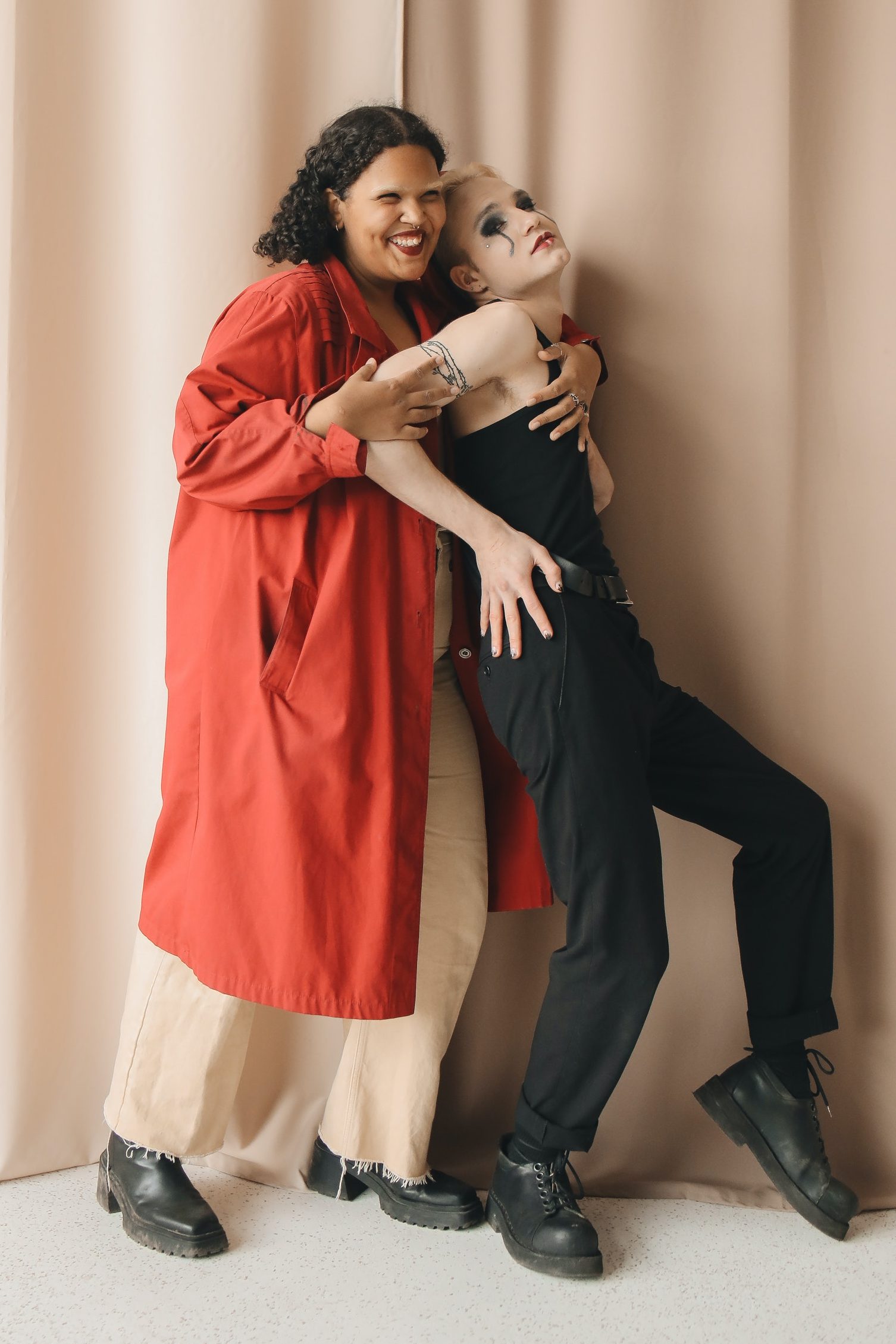In the last few decades, our understanding of gender identity has changed and grown immensely. While Western society once had a simpler idea of gender as being easily divided into two – man and woman – and tied to physiology, more nuanced ideas about gender identity and gender presentation have emerged, allowing people to explore masculinity and femininity on their own terms. As our societal attitudes about gender become more nuanced, there are an increasing number of resources for people who want to better understand their gender identity, helping them to find the language to express their attitudes and lived experience with gender. For many people, counseling to explore gender identity is a valuable resource for making sense of our lived experience with masculinity and femininity.

Our experiences with gender often begin at birth, long before we develop lasting memories or learn to speak. In the West, babies are dressed according to their assigned gender, and they are taught, often by example, to behave in a way that is culturally accepted. For example, boys are surrounded by depictions of tough superheroes and record-breaking athletes, encouraging them to prioritize physical strength and protectiveness; girls, on the other hand, are presented with depictions of gentle and quiet women who raise children and attend to household needs. For many people, those characteristics and responsibilities feel comfortable and meaningful.
For some people, though, the expectations for behavior and appearance that come with their assigned gender do not feel right. These people, who often identify as transgender or genderqueer, spend much of their lives sifting through the messaging about masculinity and femininity to find the and appearance, roles, responsibilities, and characteristics that match how they feel and want to be seen by others. Some may feel exclusively masculine or feminine, while others may feel both or neither.
Gender identity counseling can be useful regardless of whether you identify as cisgender, transgender, or something else. For gender nonconforming people, gender exploration is a common part of life as they wrestle with society’s expectations for masculinity or femininity, deciding what characteristics or roles feel most true to them. Gender identity counseling can also be helpful for cisgender people, as society’s rigid expectations for how a man or woman should behave are often harmful. Working with a counselor to explore your gender identity can lead to finding new ways to express thoughts, feelings, and identities in a way that is more natural and fulfilling.
Gender as a spectrum and constellation
For a long time, gender was thought of as fitting into two categories – man and woman. As our understanding of gender experience has changed, we now generally see gender as a spectrum, with maleness at one end and femaleness at the other. This image suggests that we all fall somewhere on this spectrum and are some mixture of masculinity and femininity. With this way of thinking of gender, you have room to decide “how much” or “how often” you relate to and display masculine or feminine traits, rather than being stuck in a single category.
While the gender expression spectrum gives us more freedom, some may find that a spectrum doesn’t capture the complexities of their gender experience, including people who feel neither masculine nor feminine, or who have multiple conflicting ideas of what it means to have a specific gender identity. If that describes your feelings about your gender, it can be helpful to think of gender as a constellation of experiences – feelings, thoughts, interpersonal relationships, and so on.

For some people, the points of the gender constellation group together more simply, where they are comfortable identifying as a man or woman. For most people, though, there are ways that our gender constellation is spread out, with many opposing ideas. Some people have many positive experiences with the gender they were assigned at birth, and they have a sense of positive self-esteem and meaningful relationships while living in a way that is congruent with their assigned gender. Other people may have mostly uncomfortable experiences with the expectations associated with their assigned gender, such as a sense of inauthenticity, a lack of physical or emotional comfort, or even feelings of danger. These uncomfortable experiences can lead to a person questioning whether they would feel more comfortable identifying and presenting in a different way.

Like the stars on a cloudy night, our gender identity is something that is usually tough to see and map out. Because expectations about our gender identity and presentation are set by others so early in life, it is sometimes difficult to find a gender identity and presentation that feel comfortable and authentic. This is where therapy to explore your gender identity can come in. Through the process of therapy, you can learn more about the key experiences and relationships that make up who you are, including how you experience your gender. For example, your therapist may explore your experience of gender through asking for examples of people you have admired throughout your life and then helping you to identify the parts of their gender identity and expression that you would like to embody. Gender identity counseling may also involve talking about your experiences of discomfort related to gender, such as gender dysphoria or gender-based discrimination. Through talking about your feelings and memories, your gender constellation can become clearer.
Part of the process of counseling to help you explore gender identity is recognizing that your feelings about your gender may change from day to day. Just like you have different interests and preferences in food or activities throughout your life, your attitudes about gender expression and expectations are also likely to change. In other words, the gender constellation you may have discovered at one point may look very different from day to day. This is perfectly normal! Some parts of the gender constellation will shine more brightly or will become more obscured depending on your recent life experiences, and your therapist can help you navigate the joy or frustration that accompanies these changes.
We are all at different points in our gender journey. You may be just starting out in exploring what it means to be male, female, or another gender. Or you might be further along in your gender journey and are looking for a therapist you won’t need to explain the basics to. Regardless of your history with gender identity exploration, the therapists at Rottenberg Therapy have experience working with clients across a wide range of gender identities and can support you in your journey no matter what it looks like.

Glossary
Gender: a group of socially-constructed characteristics related to masculinity and femininity
Cisgender: describes a person whose identity corresponds with gender assigned at birth
Transgender: describes a person whose identity does not correspond with gender assigned at birth
Non-binary or genderqueer: labels describing a person whose gender identity is not exclusively male or female
Gender identity: the personal sense of one’s own gender
Gender expression: the way in which a person expresses their gender identity, typically through their appearance, dress, and behavior
Gender dysphoria: a sense of unease that a person may have because of a mismatch between their assigned gender and their personal experience